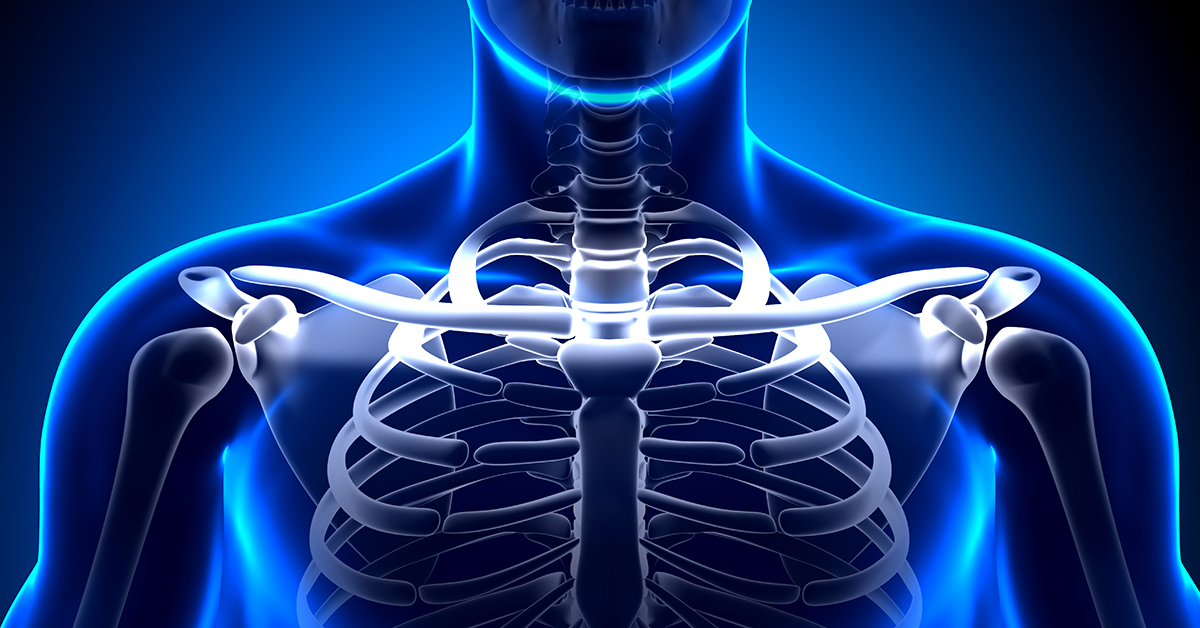If you’ve fractured your clavicle, make sure to read this article to learn about some of your treatment options

What is Fracture of the Clavicle?
A fracture of the clavicle refers to a break in the collar bone. The clavicle is also called the collar bone. It is a long bone that is easily felt on either side of the lower part of the neck, connecting the chest bone to the shoulder. It is a connection between the arm and the body. It is not a very strong bone, and under its surface are important blood vessels and nerves.
What causes Fracture of the Clavicle?
A break in the clavicle bone is called a fracture. It is caused by trauma to the bone that occurs either due to a direct blow to the clavicle, following a fall onto the shoulder or a road traffic accident. This sort of fracture is also seen in babies during childbirth while passing through the mother's birth canal.
Symptoms and Diagnosis
Pain is the most common clinical feature or symptom. In addition to this patients experience other symptoms such as reduced mobility of the shoulder, obvious visible deformity of the clavicle bone, or swelling and tenderness over the area of the fracture. There may also be sagging of the shoulder. The best test to diagnose a fractured clavicle is an x-ray. Fracture is usually seen towards the middle of the clavicle bone.
How is Fracture of the Clavicle treated?
Painkillers are prescribed to help relieve the pain. As the shoulder is sagging and has reduced range of movement, an arm sling that is placed in a characteristic "figure of eight" position is used to support the shoulder. Once healing begins, physical therapy may be offered the patient to help restore the range of moment of the shoulder and build the strength of the muscles around the shoulder joint.
In some cases, surgery is required to fix the clavicle. This is usually achieved by placing a metallic plate to connect the two broken parts of the clavicle. Screws may also be used. These are removed after the clavicle is healed completely. Care is taken to prevent any infections from occurring. Some patients may experience mild pain and bleeding following the procedure. Patients usually recover well and have full restoration of the function of the shoulder following this fracture and its successful treatment.
It usually takes a few months for the clavicle to heal completely. The doctor will advise regarding when to return to any form of activity, which can usually be done around 3 to 4 months after.
Complications of a Fractured Clavicle
The clavicle is in close proximity to a bundle of nerves and blood vessels. Damage to these can occur when the clavicle is fractured, but this is extremely rare. Other complications include abnormal fusion of the two broken ends, which can misshapen the clavicle. This is called a malunion.
The fusion of the two broken ends can produce an obvious irregularity on the surface of the skin. This can be cosmetically unpleasant to certain patients.

